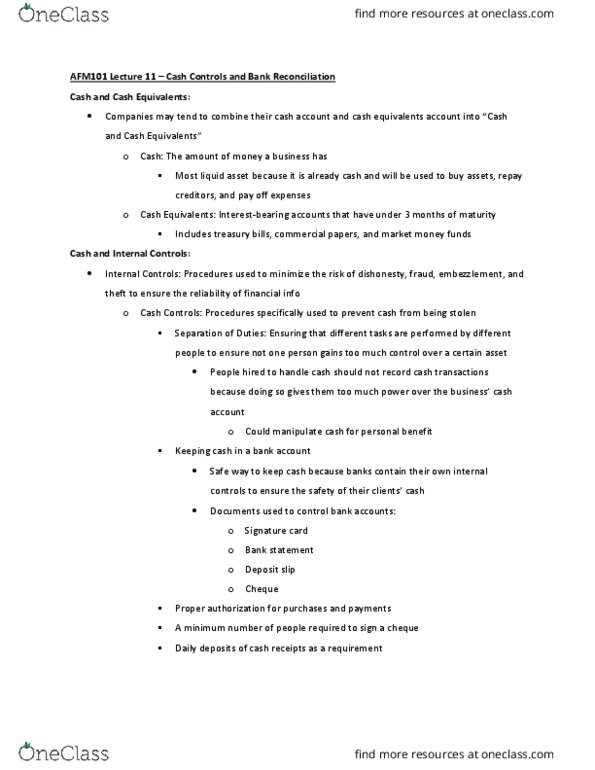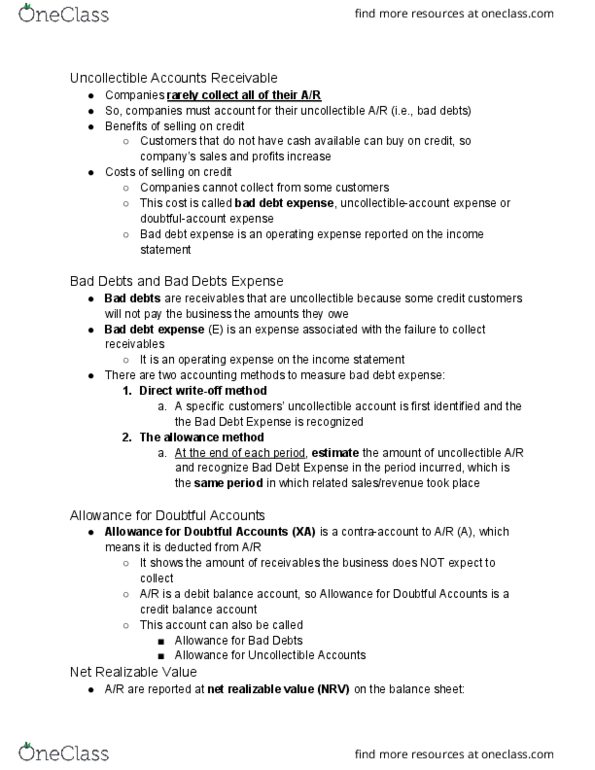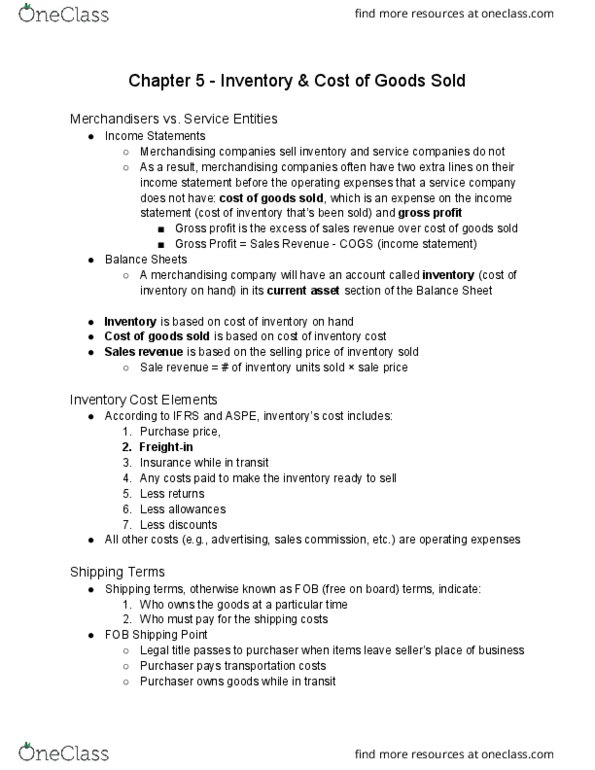15. At December 31, the stockholdersâ equity of Smith Companywas as follow:
Common stock, $5 par value: 1,100,000 shares issued
and 1,000,000 shares outstanding $5,500,000
Additional paid-in capital 1,400,000
Retained earnings 1,500,000
Treasury stock, (100,000 shares) (700,000)
Total stockholdersâ equity $7,700,000
The book value per share of common stock is
a. $7.00
b. $7.20
c. $8.40
d. $7.70
16. The fraud triangle applies to
a. U.S companies but not international companies.
b. international companies but not U.S. companies.
c. U.S. and Canadian companies but not other internationalcompanies.
d. U.S and international companies.
17.. Lewis Company gathered the following reconcilinginformation in preparing its April bank reconciliation:
Cash balance per books, 4/30 $19,800
Deposits in transit 2,700
Notes receivable and interest collected by bank 6,600
Bank charge for check printing 150
Outstanding checks 13,500
NSF check 1,260
The adjusted cash balance per books on April 30 is
a. $12,930.
b. $14,190.
c. $23,730.
d. $24,990.
18. An aging of a company's accounts receivable indicates that$14,000 are estimated to be uncollectible. If Allowance forDoubtful Accounts has a $1,100 credit balance, the adjustment torecord bad debts for the period will require a
a. debit to Bad Debt Expense for $14,000.
b. debit to Allowance for Doubtful Accounts for $12,900.
c. debit to Bad Debt Expense for $12,900.
d. credit to Allowance for Doubtful Accounts for $14,000.
19. Stockton Company uses the percentage of sales method forrecording bad debt expense. For the year, cash sales are $600,000and credit sales are $2,700,000. Management estimates that 1% isthe sales percentage to use. What adjusting entry will StocktonCompany make to record the bad debt expense?
a. Bad Debt Expense 33,000
Allowance for Doubtful Accounts 33,000
b. Bad Debt Expense 27,000
Allowance for Doubtful Accounts 27,000
c. Bad Debt Expense 27,000
Accounts Receivable 27,000
d. Bad Debt Expense 33,000
Accounts Receivable 33,000
20. Depreciation is a process of
a. asset devaluation.
b. cost accumulation.
c. cost allocation.
d. asset valuation.
21. On September 1, Joe's Painting Service borrows $150,000 fromNational Bank on a 4-month, $150,000, 6% note. The entry by Joe'sPainting Service to record payment of the note and accrued intereston January 1 is
a. Notes Payable 153,000
Cash 153,000
b. Notes Payable 150,000
Interest Payable 3,000
Cash 153,000
c. Notes Payable 150,000
Interest Payable 9,000
Cash 159,000
d. Notes Payable 150,000
Interest Expense 3,000
Cash 153,000
22. All of the following are intangible assets except
a. copyrights.
b. goodwill.
c. patents.
d. research and development costs.
23. If a corporation hasonly one class of stock, it is referred to as
a. classless stock.
b. preferred stock.
c. solitary stock.
d. common stock.







